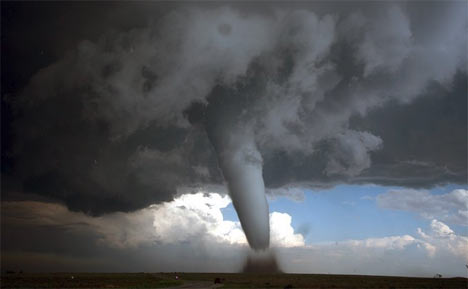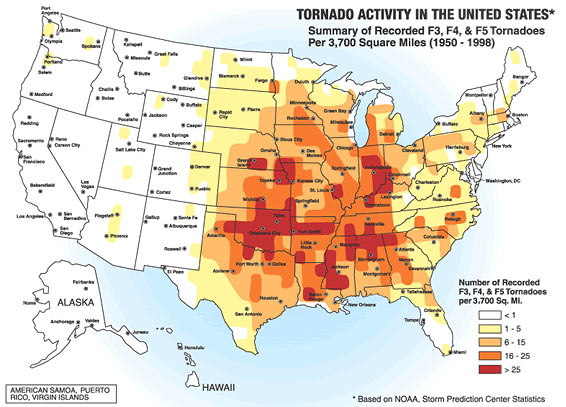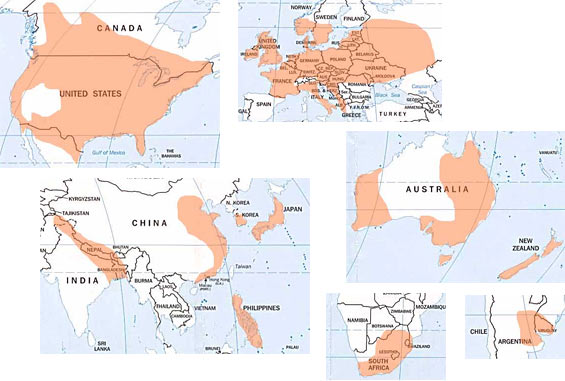Tornado Myths

There are many myths about tornadoes. Do any of these sound familiar?
MYTH: If a tornado is approaching, opening windows will equalize pressure and prevent your house from exploding.
REALITY: This tornado myth is based on the assumption that a tornado’s low pressure is the most destructive feature which causes a house or building to ‘explode’. Instead, most damage is actually caused by the tornado’s strong winds and flying debris. Opening windows won’t save your home, and it will reduce the amount of time you have to take cover. When it comes to severe weather, every second counts, so forget the windows and take shelter immediately.
MYTH: The safest place to be during a tornado is the southwest corner of a basement.
REALITY: There was a theory that if a tornado moves in a northeast direction (the ‘typical’ direction of many tornadoes), so will its wind and debris, leaving the southwest corner of a building practically untouched. While it’s true that many (not all) tornadoes move from west to east, or southwest to northeast, a tornado’s rotating winds can propel objects in any direction. Always seek shelter in an interior room on the lowest level of your home, placing as many walls as possible between you and the storm.
MYTH: If I’m caught on the road during a tornado, I should seek shelter under a highway or interstate overpass.
REALITY: Overpasses are actually some of the most dangerous places to be during a tornado. As the wind is forced to squeeze through an overpass, its speed increases. People hiding under the overpass are subjected to these even-stronger winds with very little to protect them. Being above ground level also makes you more susceptible to flying debris, increasing the risk of injury or death. Unfortunately, there is no good option if you are caught driving during a tornado. If a warning is issued for your location or along your route, seek shelter in a sturdy building until the threat passes. As a last resort, pull off the road, leave your vehicle and lie flat in a low ditch away from trees and cars.
MYTH: The sky will turn green before a tornado.
REALITY: Green-tinted clouds usually foreshadow severe weather, but not necessarily tornadoes. The green hue is produced by the scattering of light through a very tall thundercloud. These storms are generally strong and may produce plenty of lightning and hail, but no association has been found to reliably predict tornadoes. Tornadoes can and do occur without a green-tinted sky, so don’t rely on a cloud’s color to determine if you need to take shelter.
MYTH: Tornadoes do not strike in cities.
REALITY: Though tornadoes are known to strike in the plains more often than cities, they know no bounds. Tornadoes have the ability to develop anywhere. The reason that tornadoes develop more often in open land is simply because cities are small in comparison. In the U.S., the percentage of suburban space is significantly greater than that of urban space. Additionally, states in the South and Midwest, including ‘Tornado Alley’, have more favorable conditions for tornadoes and also contain fewer cities.
MYTH: Tornadoes only happen in a certain area, such as the South.
REALITY: Tornadoes can happen anywhere.
MYTH: Since there has never been a tornado disaster near you, there will never be one.
REALITY: Don’t let your ‘normalcy bias’ fool you.
Early warning is your best protection. Stay updated on current weather forecasts, watches and warnings for your area with a weather alert radio.
Where do tornadoes most often occur in the United States?

image: wunderground.com

